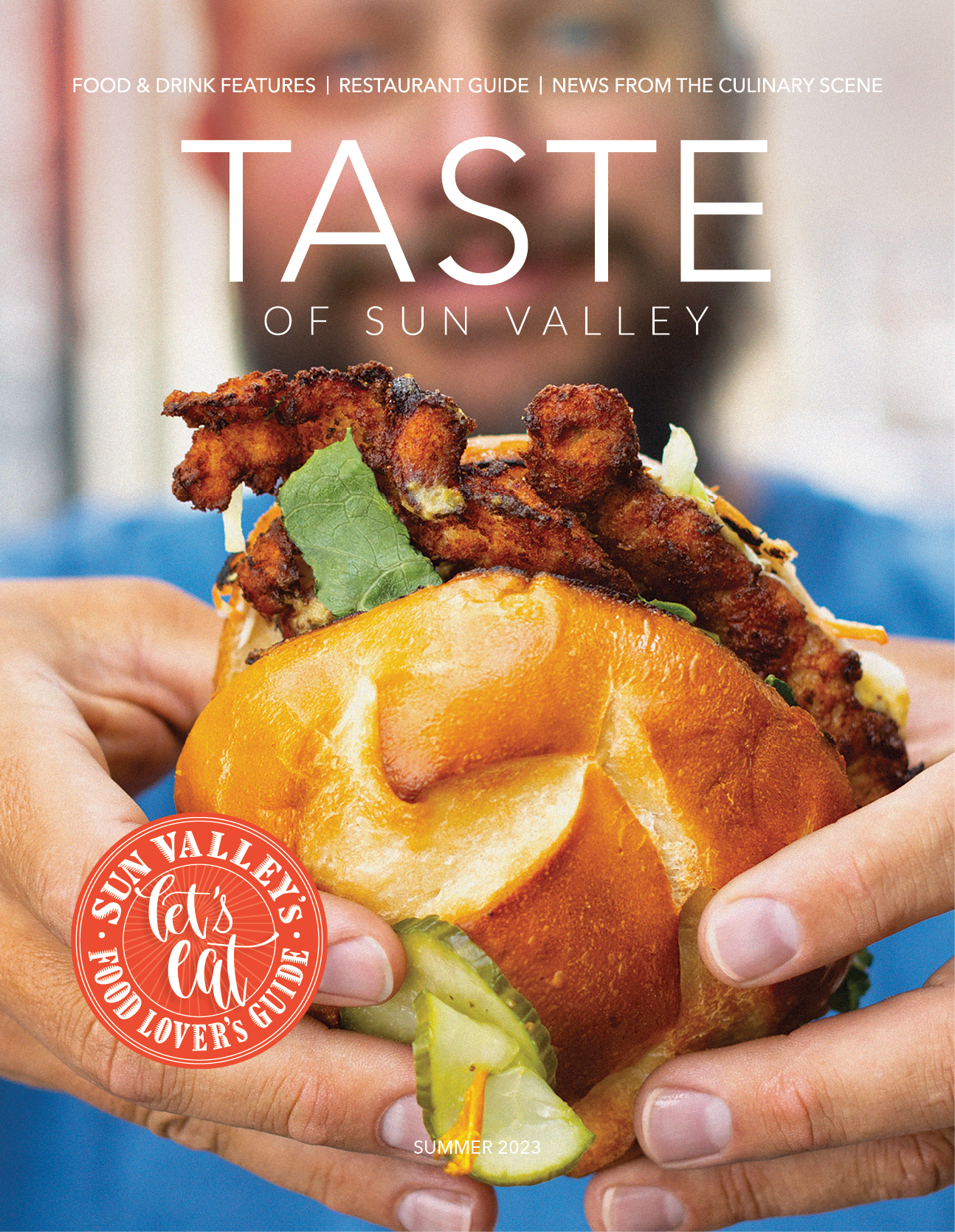A brief history of water in the West
“One of the defining characteristics of the West is that it is, by and large, an arid region,” explained David M. Kennedy, the Donald J. McLachlan Professor of History at Stanford University and 2010 Sun Valley Writers' Conference attendee.
While gold has garnered more headlines and sparkles more brightly in the minds of man, water has always been the most precious and important resource in the Western United States. And referring to the 11 states that make up the region as “arid” may actually be an understatement.
As Professor Kennedy graciously explained between classes at Stanford’s Palo Alto, California, campus, outside of some mountainous areas of the Rockies, Sierra and Cascades, most of the West averages less than 20 inches of rainfall per year.
“Water is the central most important issue in the region and it has long been misunderstood,” said Professor Kennedy, who then pointed out that this misunderstanding goes all the way back to when the region was first being settled, shortly after the Civil War.
John Wesley Powell may be best known for being the first man to navigate the Grand Canyon, but he was all but ignored as a writer. A decade after his daring Colorado River expedition, the soon-to-be director of the U.S. Geological Survey published a paper called “Report on the Arid Region of the United States.”
 In it, Powell argued that the West must be broken into states according to water and that access to rivers, creeks and brooks should be the dividing lines. Powell also warned that the water must be divided equally among states and that it must be treated with great care, for every drop of it would be needed.
In it, Powell argued that the West must be broken into states according to water and that access to rivers, creeks and brooks should be the dividing lines. Powell also warned that the water must be divided equally among states and that it must be treated with great care, for every drop of it would be needed.
“Not a spring of a creek can be touched without affecting the interests of every man who cultivates the soil in the region,” Powell wrote.
“Powell’s recommendations were never followed. Political boundaries were not drawn by water, which is why another distinctive characteristic of the West is the squareness of the states,” Professor Kennedy said, adding, “and ever since then it’s literally become ‘hell or low water’ in the West.”
While Powell pleaded, hordes of Americans began to answer the call (usually credited to author Horace Greeley) to “Go West, young man. Go West and grow up in the country.” Of course, no one bothered to tell these young men that most of the West was as dry as a dollar bill.
To help the struggling, but nonetheless growing, communities of the arid region survive, shortly after the turn of the century the U.S. Bureau of Reclamation was born and the great damming of the West began. Before the better part of a century had passed, there was hardly so much as a spring creek in the West that didn’t have at least one dam on it, which is one of the reasons Idaho’s beloved Salmon River is so special. It’s one of the only truly wild and free rivers left in the West.
“Everything depends on the manipulation of water—on capturing it behind dams, storing it, and rerouting it in concrete rivers over distances of hundreds of miles. Were it not for…the messianic effort towards that end, the West as we know it would not exist,” Marc Reisner wrote in Cadillac Desert; the classic and highly entertaining tome about water and the West.
Despite almost constant fights for water rights and massive destruction to native fish and waterfowl populations, the damming has pretty much proven to be a success. The once barren West is now home to about one-third of the nation’s population. But success has its price, too.
 “The good news is that the dams were hugely successful. The bad news is that success brings its own problems,” Professor Kennedy said.
“The good news is that the dams were hugely successful. The bad news is that success brings its own problems,” Professor Kennedy said.
The problems are primarily three-fold: steady population growth is taxing the systems, the Endangered Species Act (enacted in 1973) limits human use of water, and the wild card is what will happen because of global climate change. They all add up to a water system that is rapidly becoming obsolete.
But there is still hope. Professor Kennedy is part of Stanford’s Joint Program on Water in the West, which is currently in the midst of a five-year intensive study that not only aims to get a grasp on the current state of water in the Western U.S., but also to research and test solutions.
“There are reasons to be hopeful,” Professor Kennedy said. “On balance, it’s starting to emerge as a topic of concern to the general media. It’s hopeful that we’re even paying attention to the issues. We’re still a pretty smart and resourceful people.”
The type of people smart enough to understand the words that poet Thomas Hornsby Ferril used to describe the West: “Here is a land where life is written in water.”
[This article originally appeared in the Summer 2011 issue of Sun Valley Magazine & the recieved the John Reginato Conservation Award from the Outdoor Writers Association of California.]



